Developments in eVTOL Aircraft: Highlights from 2022
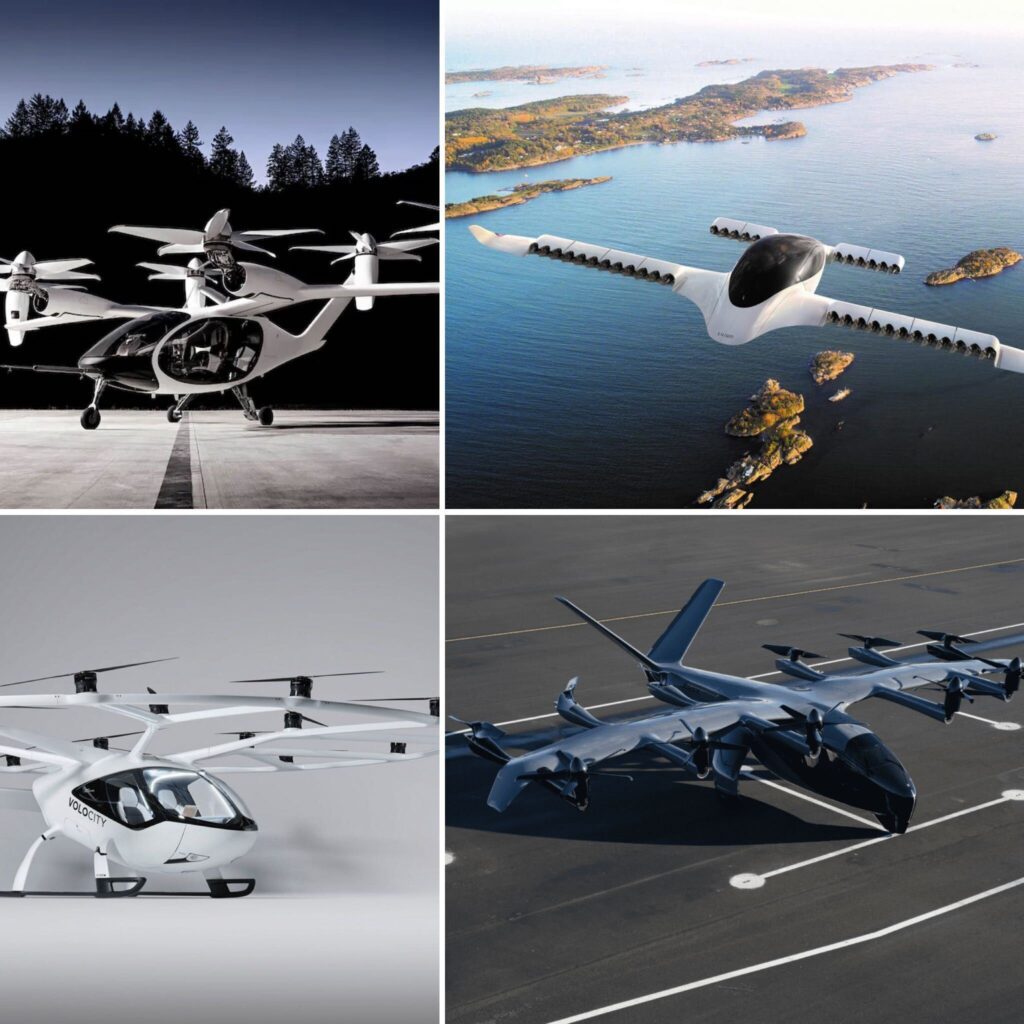
It has been an eventful year for leading eVTOL developers. Now that 2022 is coming to a close, we’re taking a look back at the progress some of the major players have made in the last 12 months.

Check out some of the highlights in eVTOL aircraft development from 2022. (Photo: Collage of images from Joby, Archer, Lilium, and Volocopter)
Joby Aviation
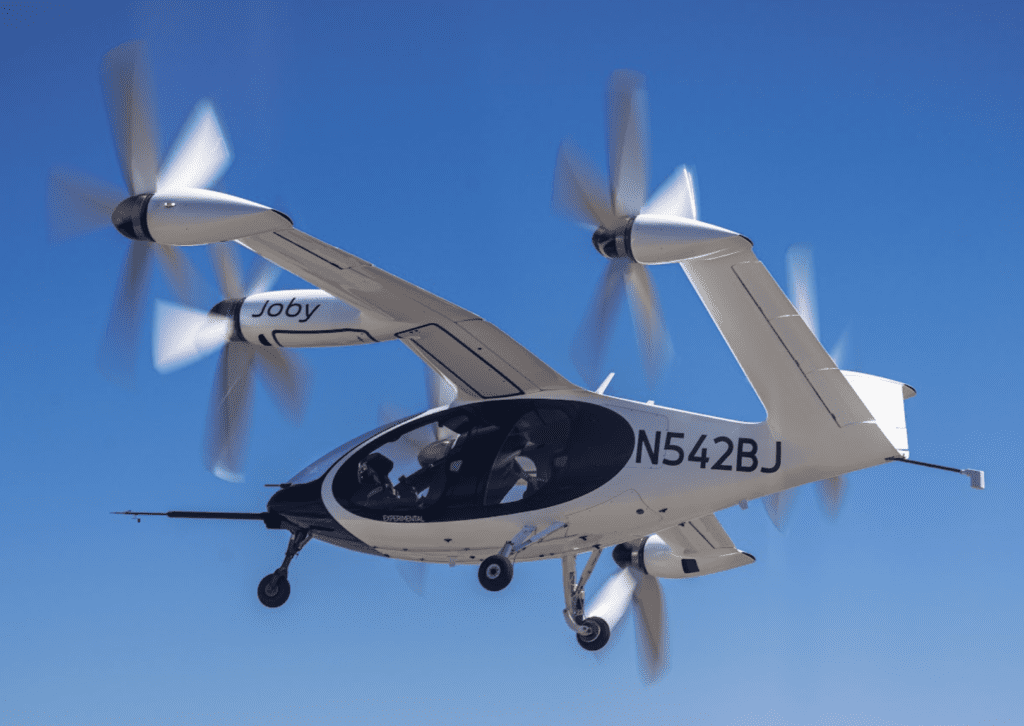
Joby’s eVTOL in flight (Photo: Joby Aviation)
January: Joby receives both FAA Special Airworthiness Certification and U.S. Air Force Airworthiness Approval for its second pre-production prototype aircraft.
March: Joby completed its first Systems Review and Compliance Review at the end of 2021 and announced FAA approval in March. The Compliance Review assessed the process of development and verification of Joby’s software and airborne electronic hardware. The Systems Review served to evaluate Joby’s approach to developing its aerospace-grade systems and equipment.
May: The FAA has awarded Joby Aviation a Part 135 Air Carrier Certificate, permitting Joby to begin on-demand commercial operations with air taxis.
August: Joby expanded an existing contract with the U.S. Department of Defense. The Marine Corps, Army, Navy, and Air Force will all test Joby’s eVTOL and explore use cases such as emergency medical response.
October: Joby announced completion of the formal application to certify its electric air taxi with the Japan Civil Aviation Bureau. Joby applied specifically for validation of the FAA’s type certification, which the team is currently pursuing.
Also in October, Delta Air Lines entered into a long-term partnership with Joby to launch eVTOL aircraft services. The airline also made an upfront equity investment in Joby totaling $60 million, with the possibility of expanding that investment to $200 million.
Lilium
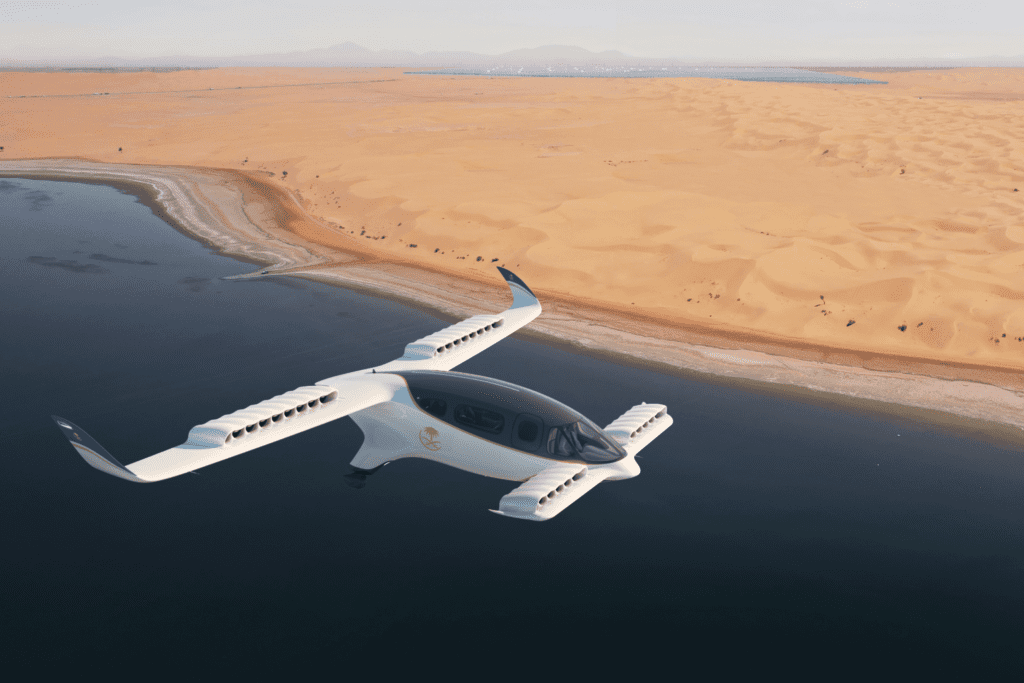
A rendering of Lilium’s eVTOL aircraft (Photo: Lilium)
May: Lilium announced successful completion of its second Design Organization Approval (DOA) audit by EASA. Lilium is working towards type certification of its eVTOL aircraft, the Lilium Jet, with both EASA and the FAA.
July: In the span of one week, Lilium shared that four companies plan to purchase Lilium Jets—eVTOL aircraft—including Bristow Group, AAP Aviation, ASL Group, and Helity Copter Airlines.
September: Lilium’s technology demonstrator, Phoenix 2, achieved a full transition from hover to wing-borne flight.
October: The airline Saudia signed a Memorandum of Understanding with Lilium, an electric air taxi developer, to develop a network of eVTOL operations across Saudi Arabia. The MoU includes plans for Saudia to purchase 100 eVTOL aircraft.
November: Lilium closed a $119 million capital raise—a concurrent private placement and registered direct offering (RDO). Participants included existing shareholders, strategic partners, and new investors.
Archer Aviation
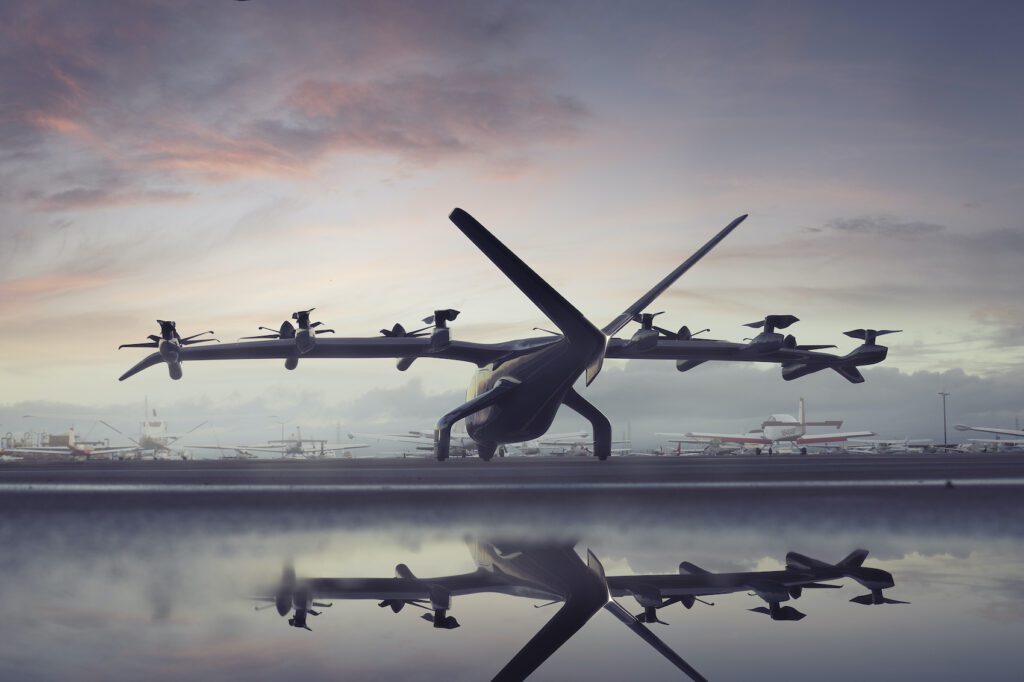
Archer’s production aircraft, Midnight (Photo: Archer Aviation)
April: Archer and United Airlines formed a joint advisory committee to support Archer’s eVTOL development process with recommendations related to maintenance and operational concepts.
July: Archer selected Honeywell to provide the flight control actuation technology that will go into its eVTOL aircraft. Honeywell has also agreed to provide its Micro VCS thermal management technology.
August: In an exclusive interview with Avionics International, two members of Archer’s design team discuss details about the design process of the interior and exterior of the eVTOL.
The company also announced a $10 million pre-delivery payment from United Airlines for 100 of Archer’s production aircraft in August.
November: After much anticipation, Archer unveiled its production aircraft, Midnight, to the public. Midnight will have the same 12 tilt 6 configuration as the company’s Maker testbed.
Also in November, Archer announced its first eVTOL route in partnership with United Airlines. The route will take passengers to and from Newark Airport and a heliport in downtown Manhattan.
December: Although it was announced in early December, the first successful transition—from vertical lift to full wing-borne flight—of Archer’s demonstrator aircraft actually took place in late November.
Eve Air Mobility
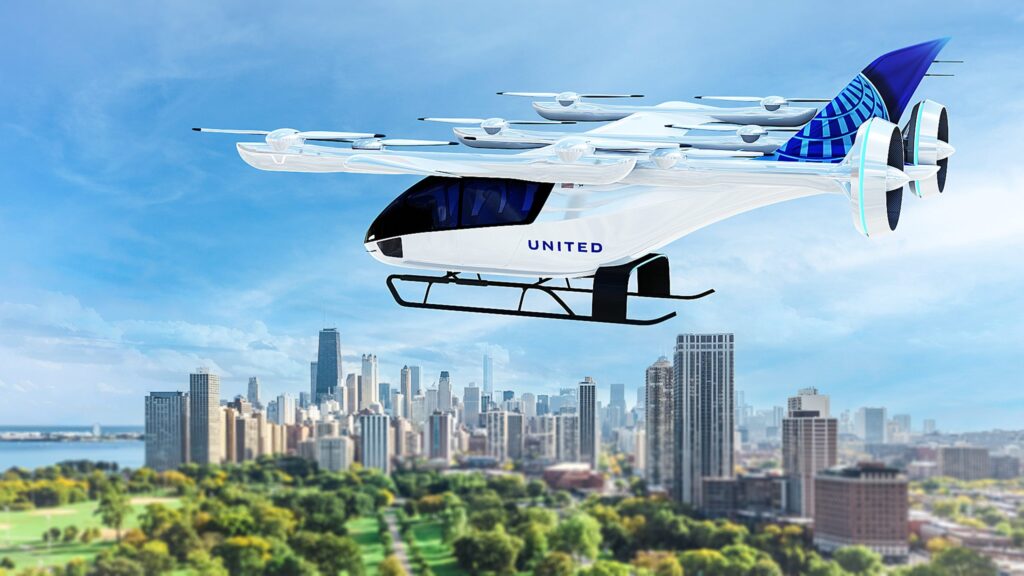
A rendering of Eve’s eVTOL aircraft (Photo: Eve)
May: Eve is listed on the New York Stock Exchange following a business combination with Zanite Acquisition Corp.
July: Eve revealed a full-sized mock-up of the cabin of its eVTOL aircraft for the first time at the Farnborough Airshow. Eve also disclosed the signing of a Letter of Intent with Embraer and BAE Systems that includes a potential order of 150 of Eve’s eVTOLs.
August: Eve announced plans to conduct an urban air mobility simulation using Blade Air Mobility helicopters in September. The simulation took place at a heliport facility in downtown Chicago over the course of three weeks and included passenger flights.
Volocopter
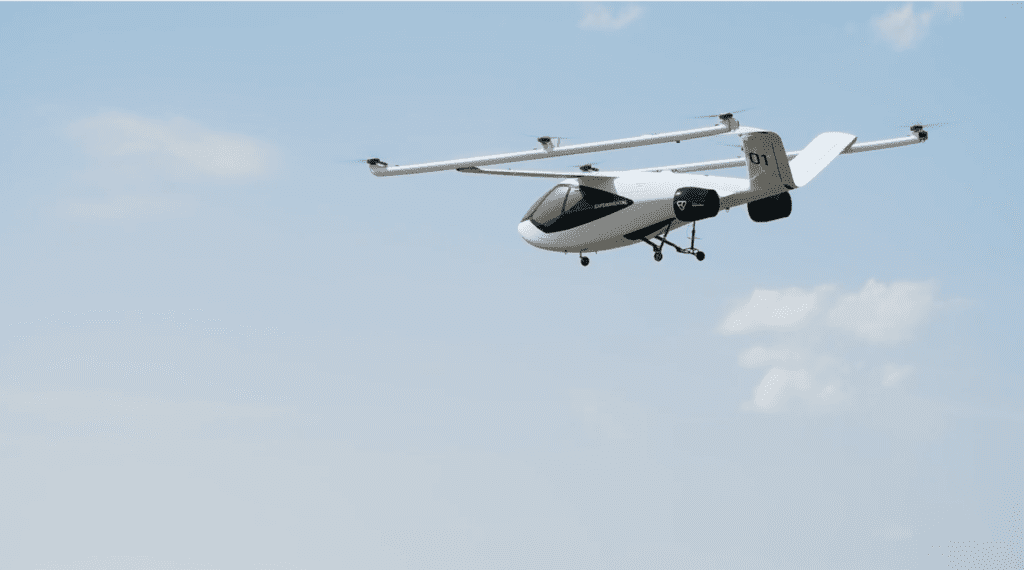
Volocopter’s four-seater, fixed-wing eVTOL aircraft completed its first flight in May. (Photo: Volocopter)
February: ACG (Aviation Capital Group) agreed to coordinate with Volocopter to develop financing solutions to enable Volocopter’s eVTOL sales once its aircraft achieves certification. The agreement covers up to $1 billion in financing sales of Volocopter’s eVTOL aircraft.
May: Volocopter’s four-seater VoloConnect aircraft completed its first flight. The VoloConnect, an electric fixed-wing passenger aircraft capable of vertical take-off and landing, could enter into service as early as 2026.
June: A representative from Microsoft shares details of their collaboration with Volocopter to develop an aerospace cloud system. Microsoft Azure will be used to enable VoloIQ as Volocopter’s digital platform for its UAM vehicles and ground infrastructure.
Also in June, Volocopter commissioned Diehl Aviation to design and produce an optical splitter to provide control information to the 18 rotors on Volocopter’s aircraft. Diehl will develop the Data Concentration Unit (DCU) for Volocopter as well.
Vertical Aerospace

Vertical Aerospace is developing a five-seater eVTOL aircraft. (Photo: Vertical Aerospace)
March: As part of a new partnership, Air Greenland committed to a purchase or lease of eVTOL aircraft from Avolon. The eVTOLs will be manufactured by Vertical Aerospace, maker of the five-seater, zero-emission VX4 aircraft.
July: Vertical selected Molicel to provide battery cells for the VX4 eVTOL aircraft. Molicel, or E-One Moli Energy Corp, will work in coordination with Vertical as a strategic partner to supply high-power cylindrical cells.
August: Vertical Aerospace provided company updates in a letter to shareholders, including plans to perform a series of tethered hover flight tests following receipt of a piloted permit from the UK’s Civil Aviation Authority.
Jaunt Air Mobility
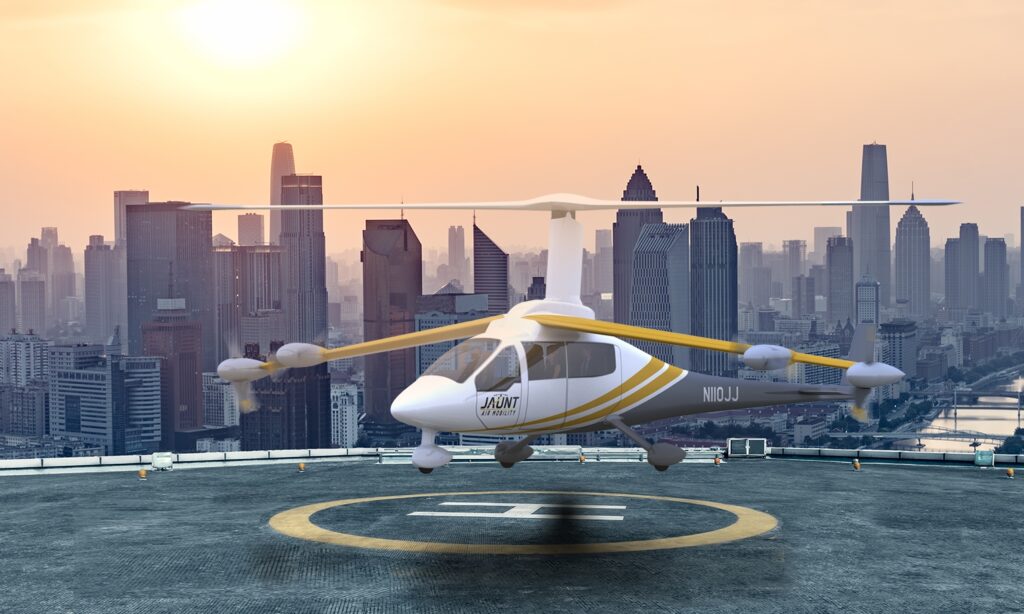
Jaunt leads an infrastructure alliance called Access Skyways. (Photo: Jaunt)
February: Avports and Jaunt signed an MoU to coordinate in the integration of eVTOL aircraft into the aviation ecosystem. Avports joined Jaunt’s infrastructure alliance, Access Skyways, which was created to address some of the critical challenges in urban air mobility. The new partnership will expand Avports’ efforts to introduce an environmentally friendly option for commuting and accelerate progress towards carbon neutrality.
August: Jaunt formed a strategic partnership with MintAir, a South Korean startup developing an advanced air mobility service. MintAir signed a Letter of Intent to purchase up to 40 of Jaunt’s eVTOLs, and the startup will serve as the exclusive partner of Jaunt for the Korean market.
October: The Chief Commercial Officer (CCO) at Jaunt shared his thoughts with Avionics on the company’s progress in developing their eVTOL, partnerships and collaborations, and insights into the AAM industry.
BETA Technologies
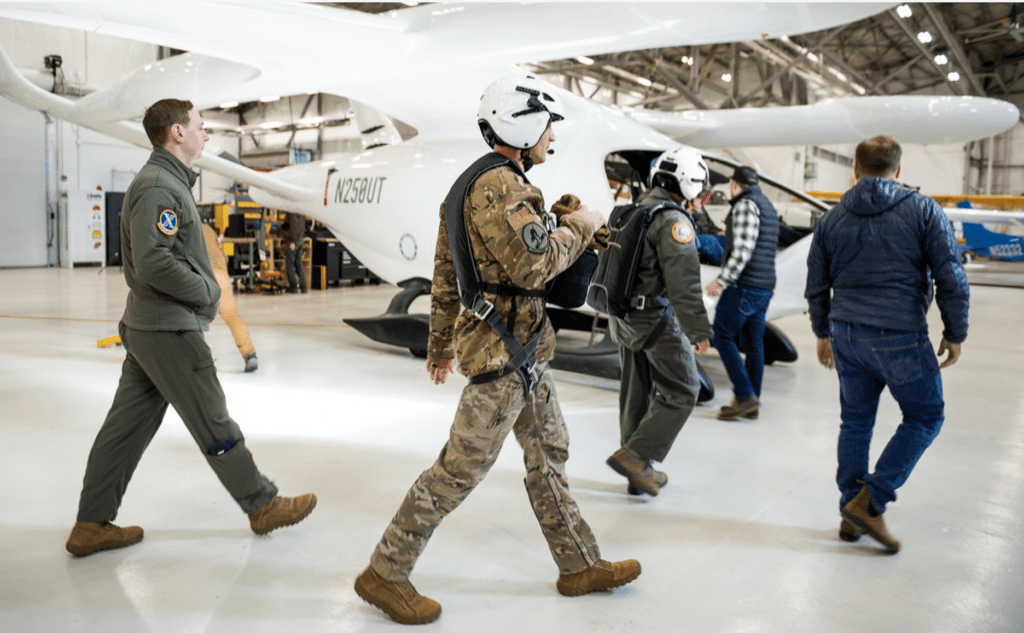
U.S. Air Force and BETA Technologies team members walk toward an ALIA aircraft for a flight test on March 9 (U.S. Air Force Photo)
March: Two U.S. Air Force pilots became the first Airmen to fly an electric aircraft with military airworthiness approval—the ALIA, an eVTOL aircraft developed by BETA Technologies. The company hosted this milestone flight at their hangar and testing facility in Plattsburgh, New York.
December: BETA partnered with the National Institute for Aviation Research (NIAR) and the FAA to conduct a 50-foot drop test on a full-scale battery system designed for an electric aircraft. The BETA-designed battery pack absorbed the load with no significant damage at the cell or pack level.
EHang
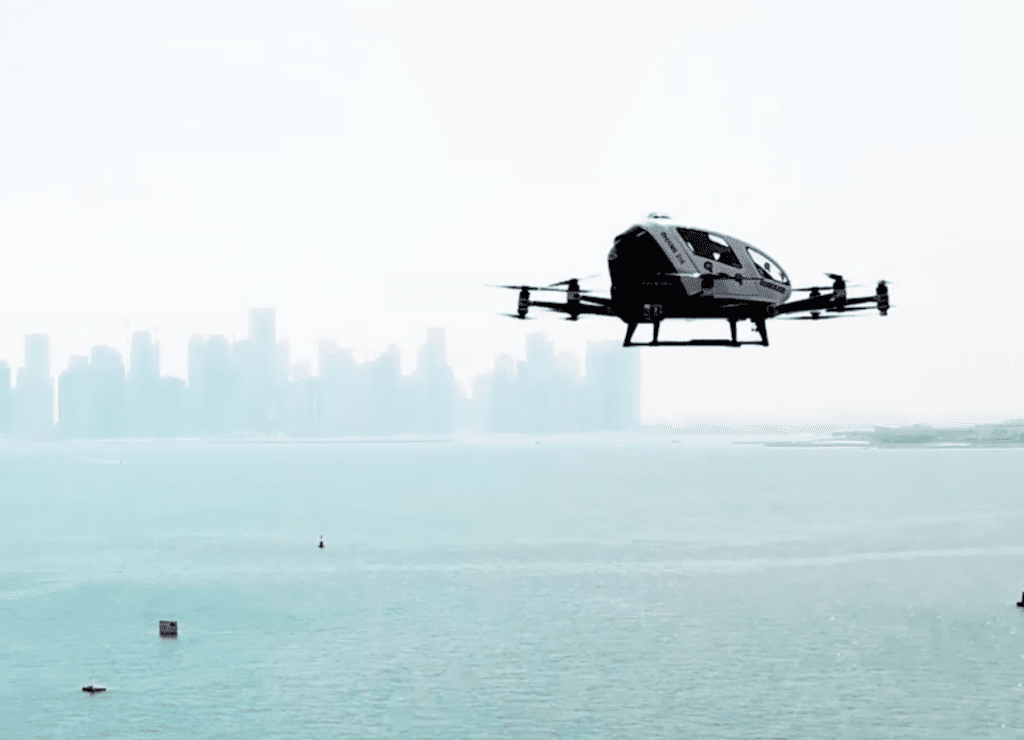
EHang plans to debut its eVTOL aircraft for passenger flights at the 2025 World Expo. (Photo: EHang)
February: The Civil Aviation Administration of China (CAAC) announced that the Special Conditions for Type Certification of EHang’s EH216-S aircraft have been formally adopted. EHang’s EH216 air taxi, an unmanned vehicle designed for low-altitude passenger transportation in the urban air mobility sector, made its debut in 2019.
August: EHang announced financial results for the second quarter of 2022. Total revenue amounted to $2.2 million (USD), a 152.5% increase from the first quarter of 2022. Net loss increased slightly for EHang’s second quarter, totaling $11 million.
October: EHang signed an MoU with Swire Group subsidiary HAECO Group. The MoU includes plans to partner for manufacturing and assembly of EHang’s autonomous aerial vehicle (AAV), the EH216-S, as well as to continue pursuing airworthiness.
The post Developments in eVTOL Aircraft: Highlights from 2022 appeared first on Avionics International.
—————
Boost Internet Speed–
Free Business Hosting–
Free Email Account–
Dropcatch–
Free Secure Email–
Secure Email–
Cheap VOIP Calls–
Free Hosting–
Boost Inflight Wifi–
Premium Domains–
Free Domains





